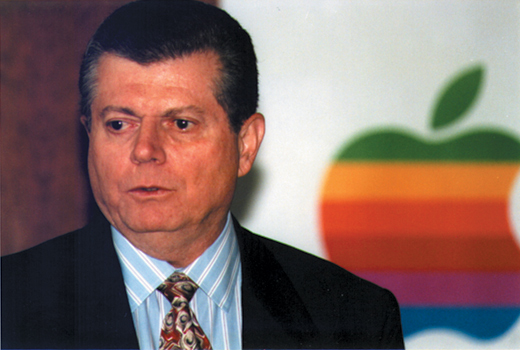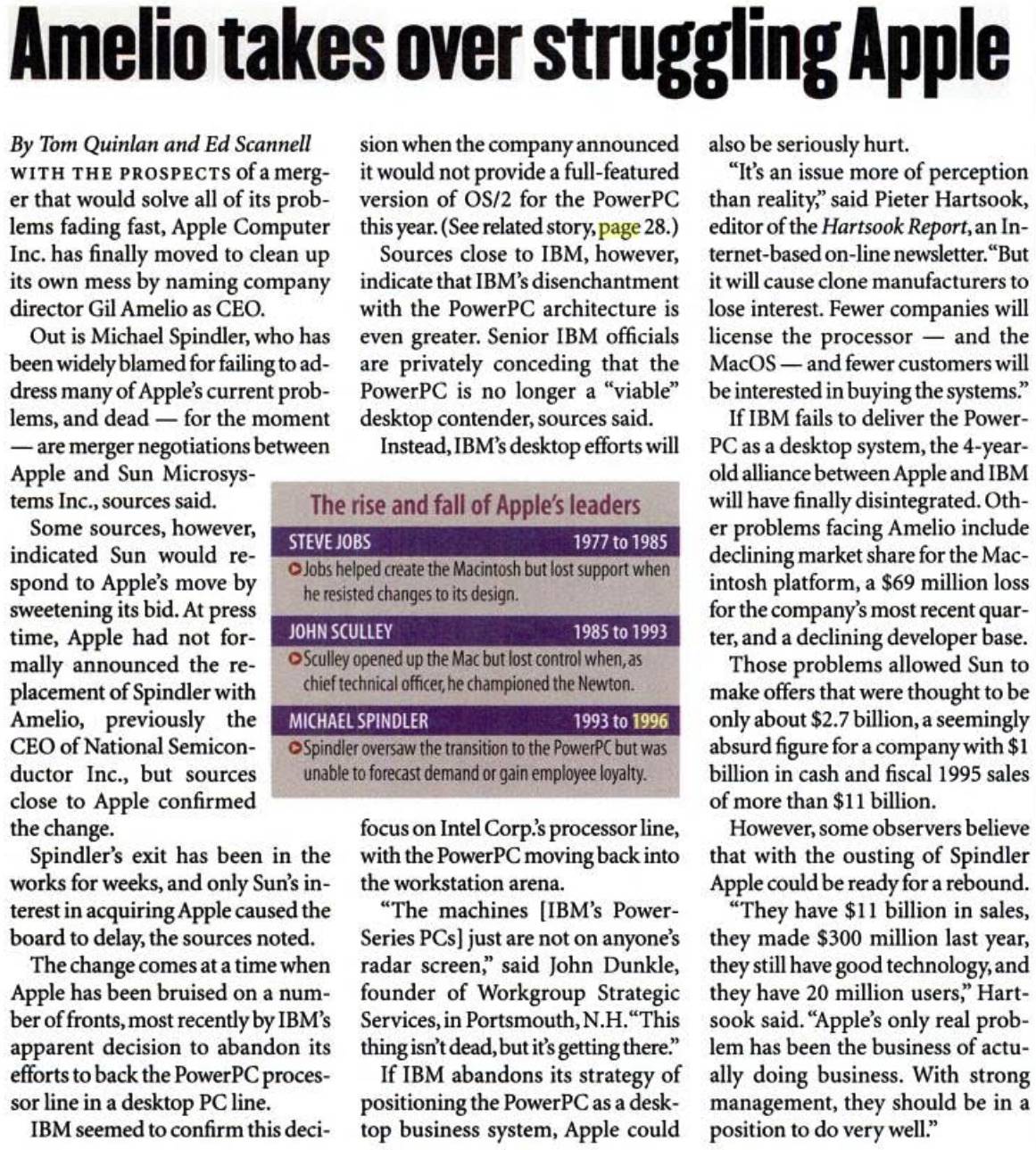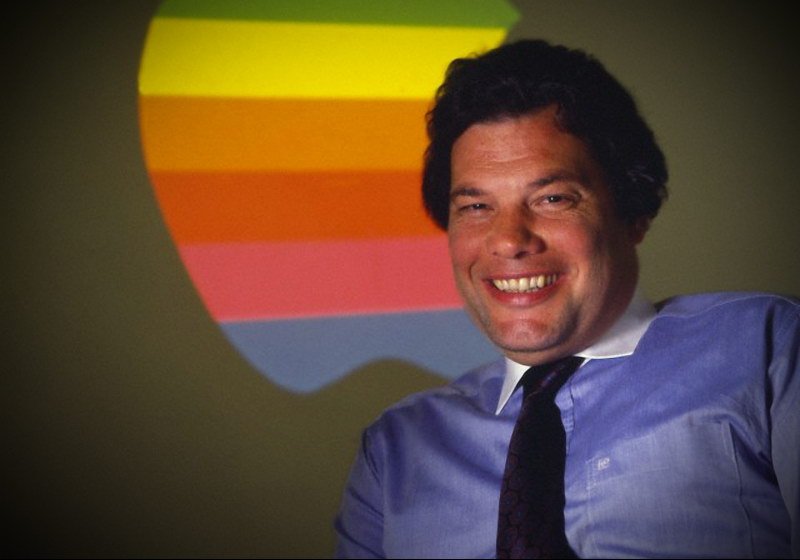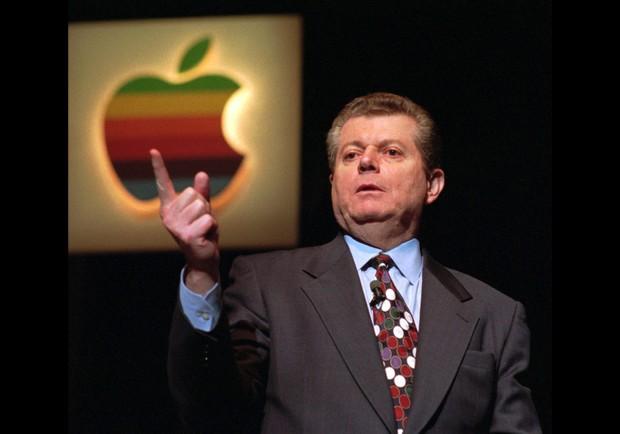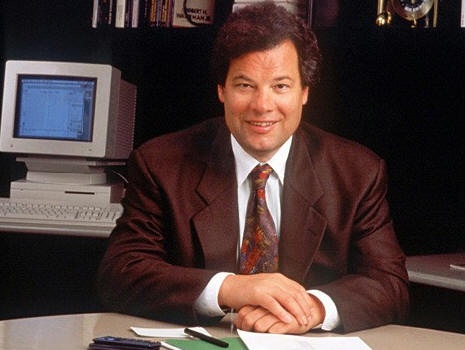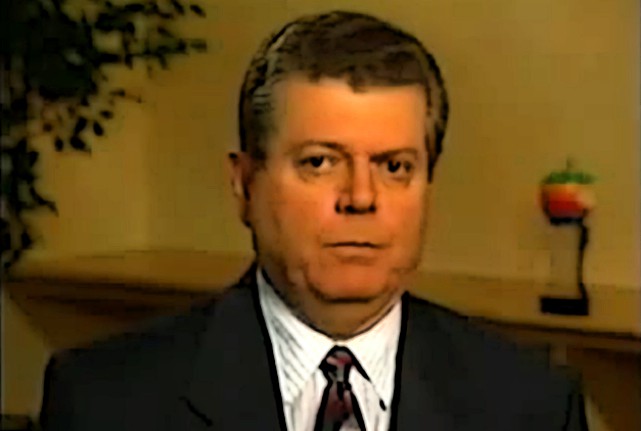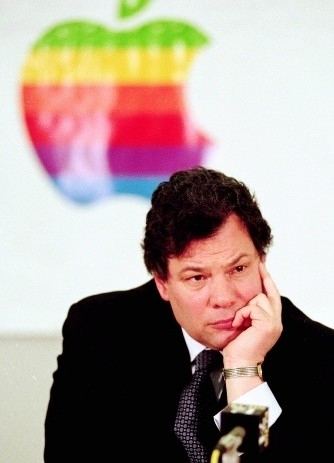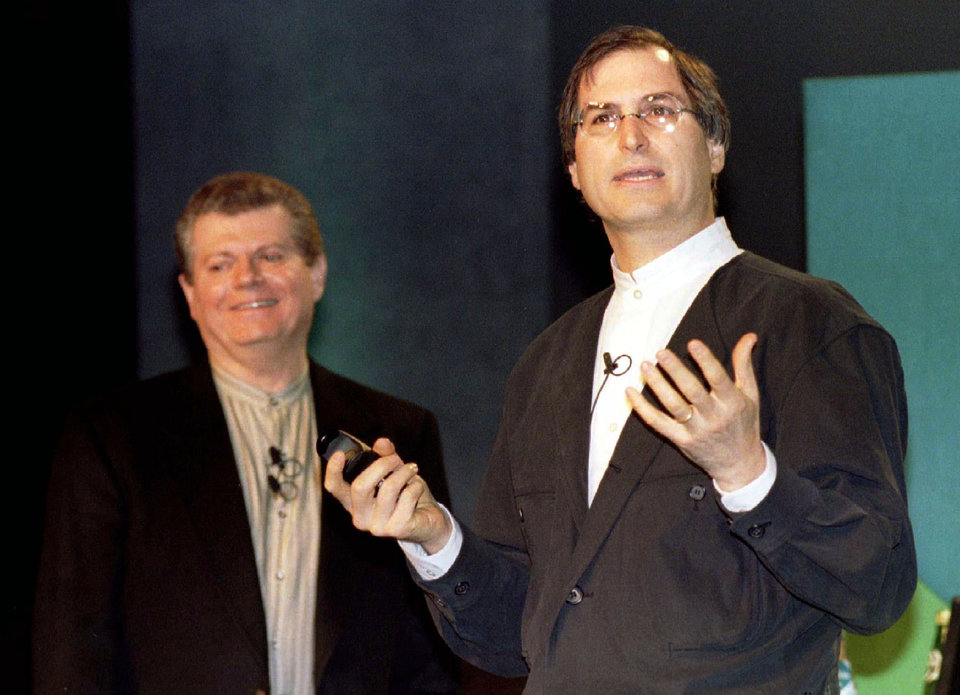The early 1996s were a pretty wild time for Apple. Not only the management of the company was shaken, but also its very foundations. At the beginning of February XNUMX, the company officially announced that Gil Amelio was taking over its leadership after Michael Spindler.
At the time, Apple could be described as almost anything but a successful and profitable company. Mac sales were completely disappointing, and almost every strategic move Spindler made in his role made the situation worse. Spindler was later removed from the leadership of the Cupertino company and replaced by Amelio, in whom many of his colleagues placed boundless hopes. Unfortunately, over time it turned out to be in vain.
At that time, Apple tried everything possible and impossible to gain a foothold in the market again. However, absolutely everything failed, starting with the release of the game console and ending with the granting of licenses for the production of Mac clones. Spindler has been in charge of Apple since July 1993, when he took over from John Sculley.
It could be interest you
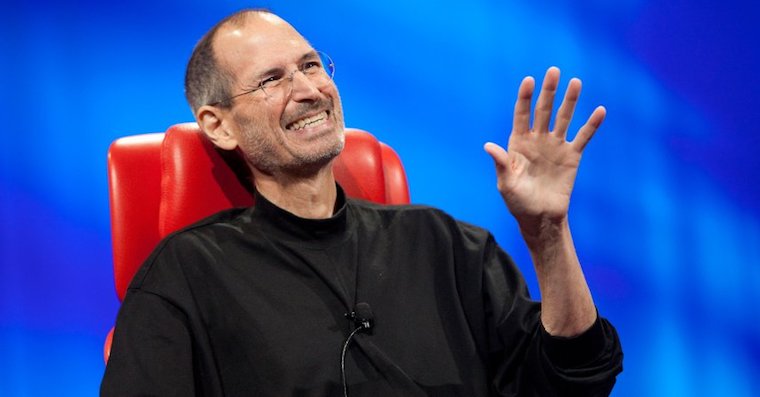
As we mentioned in the introduction, not everything Spindler touched turned into disaster. One of the first steps he decided to take after taking office was a significant reduction in the number of employees and research and development projects, which he did not consider promising. Apple took a hit for a while and its stock price doubled. He also oversaw the successful introduction of Power Macs and planned to reorient the company to increase Mac penetration.
But a stumbling block for Spindler was the strategy related to Mac clones. At the time, Apple licensed Mac technology to third-party manufacturers such as Power Computing or Radius. The whole idea seemed like a good idea in theory, but it ended up being a negative experience. Its result was not a higher production of original Macs, but the proliferation of their cheap clones and, ultimately, a significant reduction in the company's profits. Apple's good name was not helped by the occurrence of several cases of PowerBook 5300 catching fire.
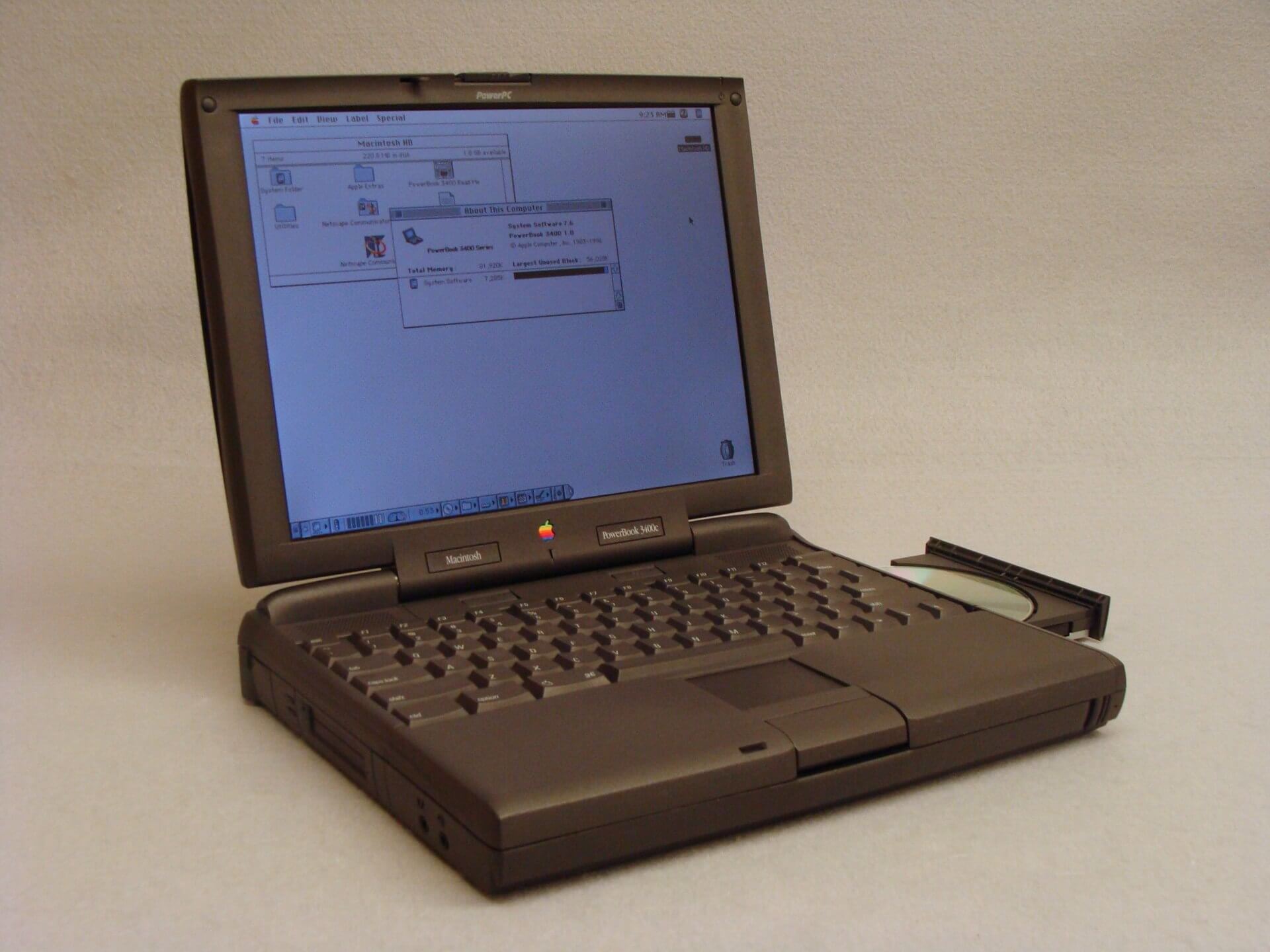
Gil Amelio came to Apple in a leadership position with a reputation that made most of the company have high hopes for him. For example, he had experience in managing the National Semiconductor company. At first, it really looked like it would bring Apple back into the black.
In the end, however, Amelio, who was a member of Apple's board of directors since 1994, made the most significant mark in history by buying out NeXT with a bonus in the form of Steve Jobs. After five hundred days spent at the head of Apple, Amelio definitely paved the way for Steve Jobs.
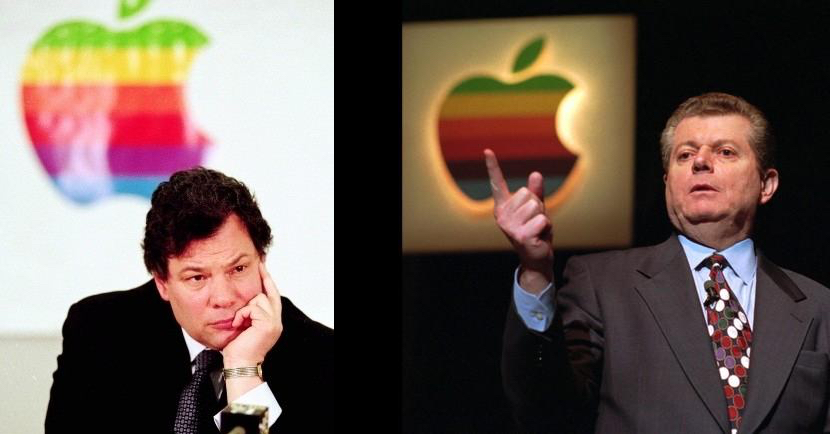
Source: Cult of Mac
